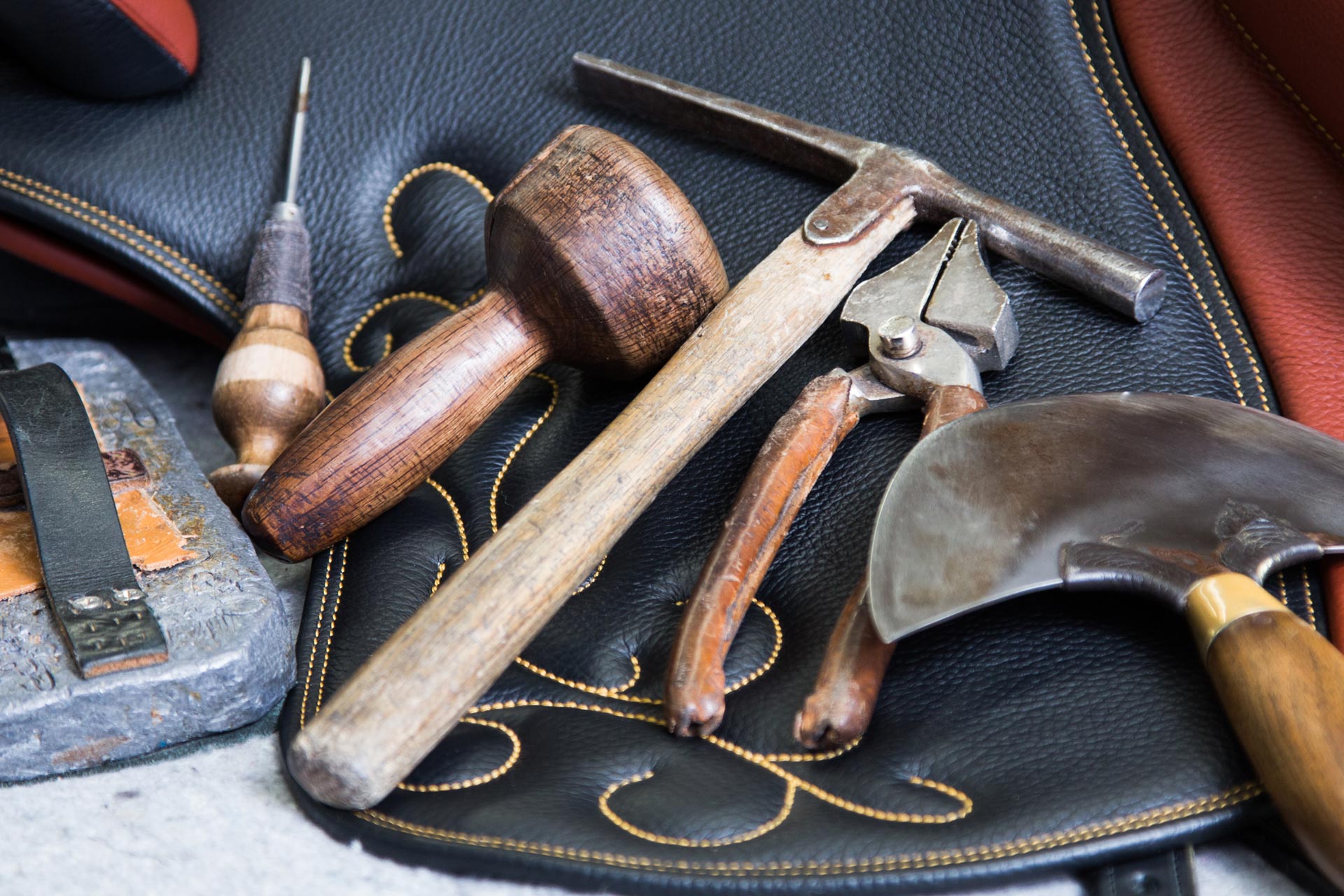How a Ludomar saddle is made?
In these times of industrialisation and mass production, at Ludomar we continue to produce our saddles in the traditional handmade manner, which is what makes the difference between an ordinary saddle and a high-quality saddle, a Ludomar saddle.
Did you know that a high-quality Ludomar saddle consists of over 40 parts which are assembled perfectly by our experienced artisans? Each saddle requires over 20 hours of manual work and almost one kilometre of thread. It is only in this way that we can offer our clients unique products to ensure the comfort of both horse and rider.
This is why we think that you will be interested in getting to know at first-hand the steps of the various processes of the production of a Ludomar saddle.
Elaboration steps
1 – Selection of the raw materials:
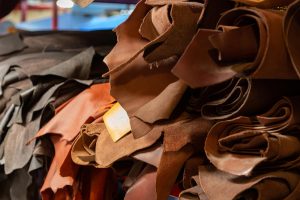 One of our technicians checks exhaustively and in detail each of the leather parts with which our saddles will be made.
One of our technicians checks exhaustively and in detail each of the leather parts with which our saddles will be made.
- The sole and exclusive use of top-quality cowhide calibrated between 1.8 mm and 2 mm for fine leather and 4.5 mm for thick and highly resistant leather.
- The use of leather which has been vegetable tanned in a natural manner so as to respect and help to conserve the environment.
2 – Pattern designing:
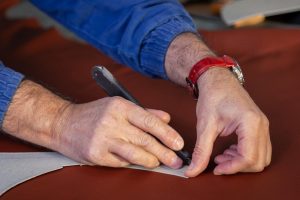 One of the major activities to carry out is that of designing and selecting a suitable pattern for each saddle as this will allow the perfect assembly of all the parts which make up the saddle.
One of the major activities to carry out is that of designing and selecting a suitable pattern for each saddle as this will allow the perfect assembly of all the parts which make up the saddle.
3ª Cutting the leather parts:
The cutting is done by hand with the use of a high-precision scalpel and exceptionally with individual dies part by part.
4 – Production of the tree:
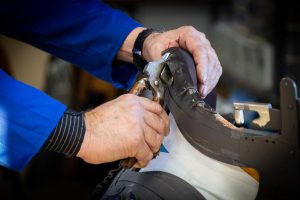
The secret of a good tree so as to make the saddle flexible, comfortable, and as adaptable as possible lies in the carrying out of the following two processes:
- Producing the pre-tree: Producing the frame which will allow the maximum flexibility of the saddle, assembling parts of fibreglass with flexible wood, all this covered on both sides with natural sewn leather strips.
- Strengthening the pre-tree: The pre-tree is strengthened with thin steel plates which will give the saddle consistency and robustness.
These two processes are carried out manually so as to allow great flexibility and the ergonomic adaptability of the saddle to the movements of the horse, ensuring that the tree reopens and closes by maintaining the so-called memory in an adaptable manner.
This is one of the key points that distinguishes a Ludomar saddle from the rigidity and lack of adaptation of the saddles of the competition.
5 – Making each leather part:
Each individual part is sewn, stuffed, and finished in an individualised manner.
6 – Assembling the saddle:
This is one of the most delicate points of the process as it ensures that the saddle gives the rider 100% safety.
This process aims to adapt the leather to the saddle as much as possible and to avoid any malformation that may chafe or injure the rider.
- Moulding and stretching the leather on the tree: “measuring the seat” consists of adapting it as far as possible and is a task that requires experience and takes time if it is to be done perfectly.
- Including flaps and faldoncillos to the saddle; these are extremely soft parts that serve as insulators between the leg of the rider and the hair of the horse so as to avoid unnecessary chafing for both of them.
7 – Producing the Pannel:
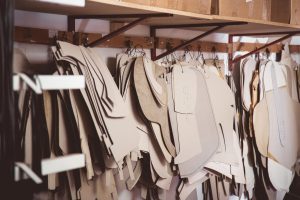
The pannel is the part which mediates between the saddle and the animal’s body and serves to fix the saddle on the horse’s back.
It is a key part if suffering to the animal is to be avoided and if the rider is to adapt perfectly to the movements of the horse.
A poorly produced pannel may injure the horse or even the rider.
It is made by cutting the various pieces of leather of which it consists, sewing them inside, filling it, and stretching the parts and at the same time closing them by a special sewing method using high-density thread so as to be able to withstand perfectly the movements and weight of the rider.
The filling consists of special synthetic wool which is anti-mildew, anti-mite, and repels any liquid including the animal’s sweat.
Ludomar only uses this kind of special fillings which help to extend the service life of the saddle and to avoid unnecessary contagion which would decompose the surrounding leather.
8 – Assembly of the pannel and the saddle:
In order to obtain the best margin of manoeuvrability and flexibility of the saddle, these parts are joined by sewing them together at the front (for better adaptation to the horse’s neck) and at the back (for better adaptation to the horse’s back).
High-density and maximum resistance thread is also produced as this guarantees the very high quality of the saddle as a whole.
9 – Final control of the product before it is dispatched:
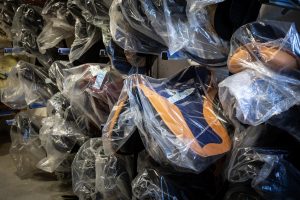
Once the saddle has been fully finished it must pass a strict control by one of our technicians so that the product is finally approved before it is dispatched.
- Visual control of all seams and sewn parts of the saddle with the aim of detecting any fault that may have occurred in its making.
- Manual control subjecting the saddle to various stretching movements and pressure at the various critical points of the saddle in order to determine whether it is in accordance with our quality standards based on flexibility, adaptability, and rider comfort.
- Once the final control has been passed a serial number is allocated and a quality guarantee certificate is issued.
- The serial number is recorded on our internal register in case parts or repairs may be requested by our clients in the future, as this number ensures full traceability as to the batch of leather, the parts of which it consists, and the types of fittings and accessories which make up each Ludomar riding saddle.
- All our saddles have a 6-year guarantee if they have been used correctly for the purpose for which they were designed.




